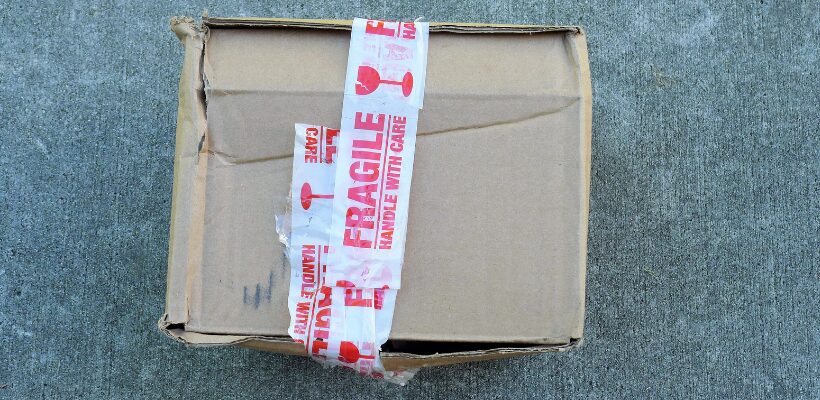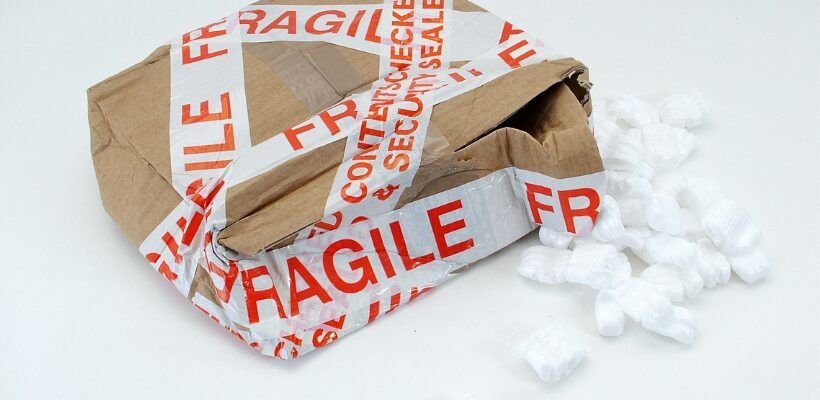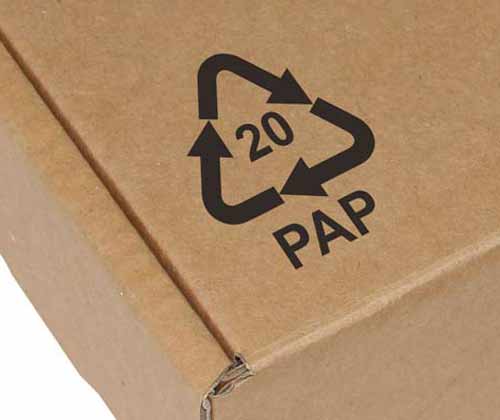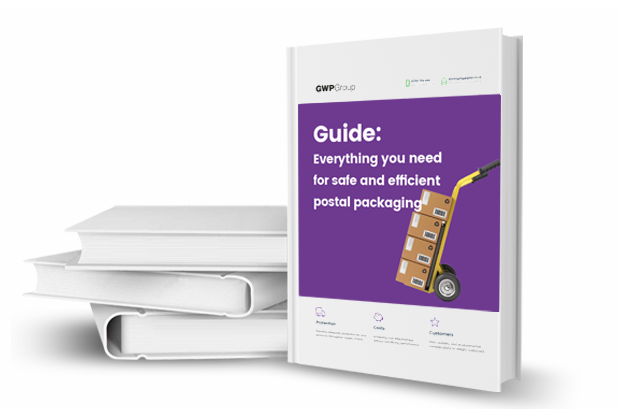Packaging mistakes could be costing you
Avoiding costly packaging mistakes
Does your business frequently make postal packaging mistakes? Are you often experiencing damaged products? Do you have excessive shipping costs? Or are your customers usually unhappy with your poor packaging choices?
If so, you’re not alone.
Common postal packaging mistakes include using the wrong size box, not sealing packages securely, and failing to use adequate internal protection. Overpacking, unclear labelling, and even missing brand opportunities are other errors businesses commonly make.
This guide highlights six common postal packaging mistakes businesses frequently make and explains how to avoid them. By addressing these issues, you can enhance your packaging process, minimise waste, and ensure that your products arrive safely at their intended destination.
Contents
Introduction
Problems caused by packaging mistakes
Postal packaging should be essential to your business operations, whether you’re a small business fulfilling a few weekly orders or a large-scale eCommerce retailer shipping hundreds of parcels daily.
A study has revealed that the number of damaged parcels arriving to consumers has increased rapidly. Around 85 million parcels arrived damaged in 2024, genuinely highlighting the importance of getting your packaging right the first time to avoid these costly returns and disappointed customers.
These damages are detrimental to your business. Not focusing on your postal packaging and consistently making mistakes with your postal packaging choices leads to costly damages and returns, unhappy customers, and a damaged reputation. Customers are quickly turning their backs and finding alternative companies for their products if they do not trust that a business can safely ship the products they are purchasing.
6 common packaging mistakes
The most common postal packaging errors
Many companies face significant challenges due to overlooking the importance of their packaging. As such, the most common packaging mistakes include:
- Using incorrectly sized packaging.
- Insufficient protection for its contents.
- Overpacking.
- Weak and inadequate sealing.
- Poor or ineligible labelling.
- Missed branding opportunities.
Incorrectly sized packaging
The problem with a bad fit
Many businesses make the common mistake of choosing either too big or too small packaging.
Due to the dimensional weight pricing many couriers use, oversized boxes waste space and materials and increase shipping costs. In addition to paying to ship empty space, oversized boxes also contribute to your business’s CO2 emissions. Products in oversized boxes are prone to shifting during transit and are potentially vulnerable to damage.
On the other hand, boxes that are too small also have a significant risk of damage, with products crammed into packs absorbing any shock or impact the outer packs experience.
Incorrectly sized packaging also creates a poor unboxing experience for your customers.
Selecting the right-sized packaging for your products is crucial for ensuring they are protected, cost-effective, and easy to store.
How to avoid:
- Measure your products accurately.
- Store a variety of sizes to accommodate different products.
- Consider investing in custom postal packaging for products with unique shapes and designs.
Insufficient protection
Protecting your products from damage
The consequences of insufficient protection can be severe, ranging from minor cosmetic damage to rendering your products completely unusable. This leads to costly returns and replacements, damaging your brand’s reputation.
Choosing the right materials is crucial to postal packaging success. When selecting postal packaging supplies, you must consider the nature of your products and the shipping conditions they will be exposed to.
This applies to the outer packaging, such as your cardboard boxes, and any packaging inserts you may require.
Different products require different levels of protection, and a one-size-fits-all approach often falls short.

How to avoid:
- Use appropriate protective materials, such as air pillows, foam inserts, or biodegradable packing peanuts.
- Implement the ‘box-in-box’ method for extra fragile items.
- Invest in custom inserts or dividers for products with multiple components.
Overpacking
Balancing protection with efficiency
While the intention behind overpacking is often good, ensuring product safety can lead to various issues.
Excessive packing will increase material costs, shipping expenses, and environmental impact. It can also frustrate your customers, who need to dispose of the excess materials and may perceive your brand as wasteful.
How to avoid:
- Test the packaging to determine the minimum amount of necessary protective packaging.
- Invest in packaging design that minimises the use of materials whilst maintaining protection.
- Use lightweight but strong materials, such as corrugated cardboard, to help reduce waste.
Weak and inadequate sealing
The importance of secure closure
Not sealing your packaging correctly and securely can lead to unintended opening of your packages during shipping and handling, risking loss and damage.
For example, using low-adhesion tape instead of proper packing tape is a common packaging mistake, as it may not withstand the rigours of handling and different environmental conditions.

Failing to seal all box seams securely leaves your product vulnerable to damage, and relying on a single strip of tape, especially for heavier and bulkier items, is insufficient.
How to avoid:
- Use the H-method for taping to add extra security on box seams.
- Add water-activated tape for a tamper-proof seal.
- Implement quality control checks to ensure proper sealing before dispatch.
Neglecting label requirements
The consequences of poor labelling
Put simply, incorrect or unclear labelling results in shipping delays, misrouting, or lost packages.
Handwritten, illegible, or smudged labels are confusing, and failing to include necessary information like ‘fragile’ or ‘this way up’ can lead to improper handling and inevitable damage to your packaging and products.
Using outdated address information can also result in packages being returned or lost.
How to avoid:
- Invest in label printers for precise, professional results.
- Use label management software that is integrated with your ordering system.
- Ensure labels are waterproof and securely attached to the packaging.
Poor branding
Missed opportunities in packaging design
Neglecting the opportunity to brand your packaging can reduce brand recognition and lead to a subpar customer experience.
Using plain brown boxes for high-end products can undermine the luxury feel, and failing to include brand colours or logos on packaging can make the unboxing experience less memorable.
How to avoid:
- Design custom-printed postal boxes or mailers that reflect your brand’s identity.
- Include branded inserts or thank-you notes to enhance customer connection. Custom tape or stickers are also a cost-effective branding solution.
- Consider sustainable postal packaging options to align with business goals.
Summary
How to avoid postal packaging mistakes
Addressing these common postal packaging mistakes and implementing best practices can improve efficiency, reduce costs, and enhance overall customer satisfaction. Proper postal packaging is not just about protection; it’s an integral part of your product and your customers’ experience with your brand.
However, it is also essential to take a closer look at your postal packaging process, as keeping it running smoothly and efficiently is vital to its success.
At GWP, we offer comprehensive packaging solutions tailored to address these common postal packaging mistakes. Contact one of our experts today to discuss your postal packaging needs.
Share this article
Further reading
About the author
David joined GWP Packaging in 1995. His extensive knowledge and experience of corrugated packaging means he is widely regarded as an expert on this topic.
Products in this guide
Get in touch
Related guides
Unboxing trends and how consumers view eCommerce packaging
Sustainable postal packaging – 6 options for your business
What is the packaging extended producer responsibility (EPR)?
11 branding ideas for printed eCommerce boxes and packaging
A beginners guide to the Plastic Packaging Tax
Recycling symbols on packaging (+ free downloads)
Postal packaging supplies – pros and cons explained
5 key considerations for postal packaging success



















































